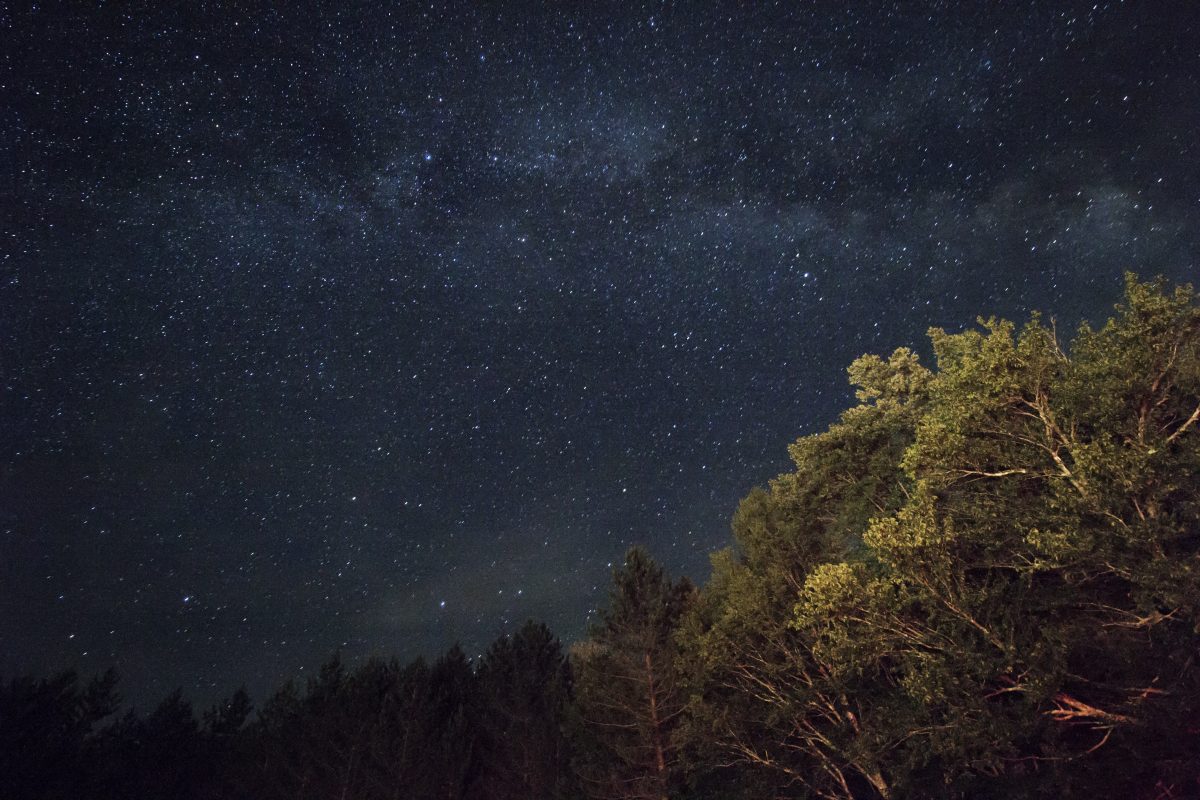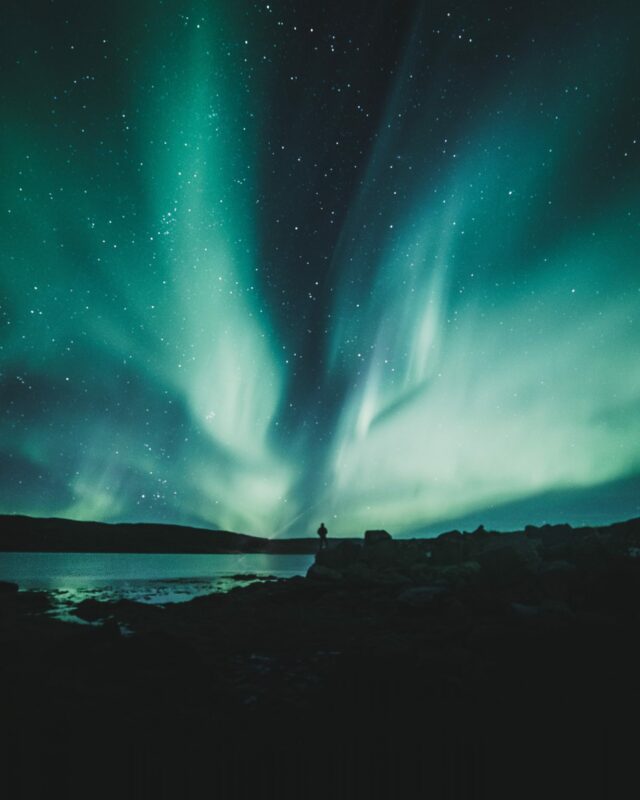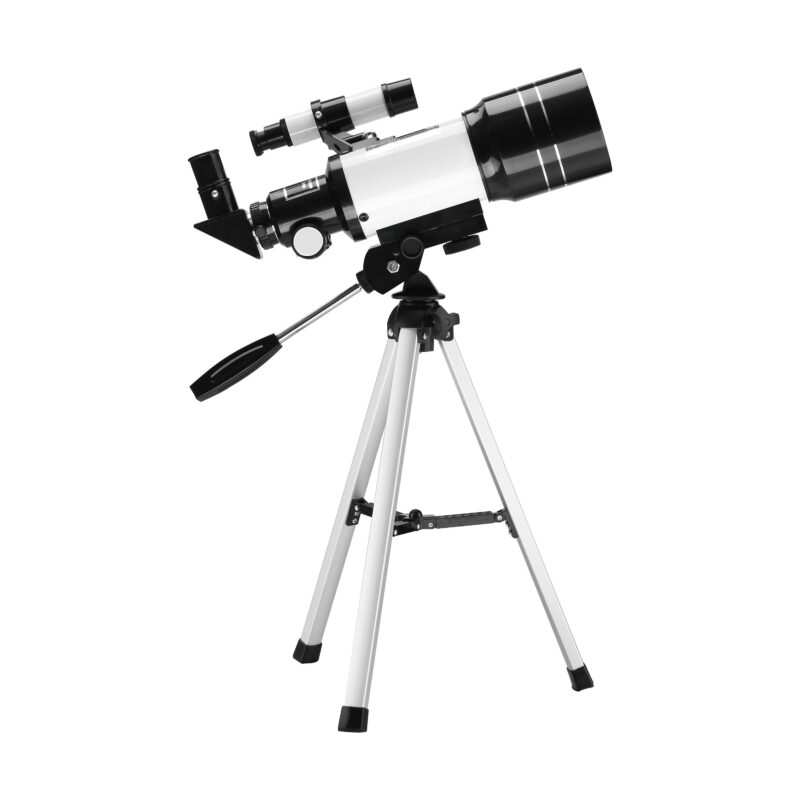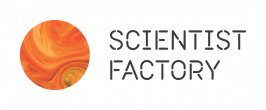Astronomy, Educational experiences
How to Use a Telescope

By Hanne S. Finstad, Founder of Scientist Factory and Ph.D.
It was night, and the sky was beautiful and seemingly overflowing with stars. I placed my telescope on a table in the garden. My heart skipped a beat as I aimed, looked, and saw something spectacular.
A perfect night for star-gazing
Not only did I see Jupiter, but also three smaller shining dots. They had to be three of the four moons Galileo discovered more than 400 years ago with his telescope.
Earlier that night, we looked at the moon’s surface with its many craters. But this was even more exciting. What was Jupiter like? How far away was it? Could we travel there? Could anything live there?
Galileo’s invention
The geocentric worldview was still the dominating idea when Galileo discovered Jupiter’s moons. The earth was at the center of the universe, and everything in the sky rotated around it. The fact that Jupiter had moons orbiting it didn’t match with geocentrism. The invention of the telescope helped with advancing heliocentrism, the worldview where the sun is at the center.

Telescopes open up a new world
You quickly begin to wonder and talk about what might exist in the universe when you use a telescope with a child. We get a new perspective on the world and maybe even ourselves.
It gets even more excited if you read a book about astronomy or watch movies about the solar system and the universe. Our solar system is just one of the countless others in our galaxy, the Milky Way. There might be something like 170 million galaxies in the universe. Each galaxy contains millions of stars, and planets orbit many of these stars. Perhaps surprisingly, there are more planets than stars in the universe, and astronomers are looking for planets that might have life.
Space is enigmatic and fascinating, where you can barely believe it. Trying to grapple with it gives us a different perspective on life.

Scientist Factory’s guide for using a telescope
We recommend telescopes to all families with children. Many parents don’t know how to use a telescope. Here are our most important tips:
Get to know the telescope
- Assemble the telescope and get to know the different parts indoors. Don’t bring the box outside thinking that you can assemble it in the dark.
- Make sure to adjust the finderscope, the little tube on top of the telescope. Start by pointing the telescope towards a distant object. Make sure that you are centered in the middle of the field of vision as you look into the eye piece. Then adjust the findersvope so that the object is at the center and fasten the skrews. Now you know that the finderscope and the teleskope are aiming at what you wanted to look at.
Finding the right place
- Find a dark place. But don’t despair if you live somewhere with a lot of light pollution. You can still look at the moon. But if you hope to see planets, your odds are better somewhere with little light pollution.
- Find a place where the ground is stable and hard. It’s also good to be somewhere without too many tall buildings and trees that might obstruct the view.
- Let the telescope rest outside for a while, so that it has the same temperature as the surroundings.
- Remember warm clothes!
What can you look at?
- If you’re new to telescopes, you should start by looking at the moon. This gives you practice with aiming. Aim at craters, mountains, “oceans,” and other objects on the surface. You can download maps of the moon online to find out what you’re looking at.
- You can proceed by looking for the closest planets if they are over the horizon where you live. If you see Venus, you’ll notice that it has phases just like the moon. Venus tends to be visible in the early morning and early evening. We can’t see it’s surface because it’s enveloped in gas.
- It’s also worthwhile to look at Mars. And if you’re able to find Jupiter, you can see its orbiting moons. Not to mention Saturn with it’s beautiful rings. Apps like SkyView can help you locate the stars and planets.
- Stars look like luminous dots through the telescope because they’re incredibly far away. But you might be surprised to find that there are a lot more stars than you can see with the naked eye.
Want to own your own telescope?
-
 Portable Telescope Deluxe – Stargaze Anywhere€199.00
Portable Telescope Deluxe – Stargaze Anywhere€199.00 -
 Telescope€89.00
Telescope€89.00
